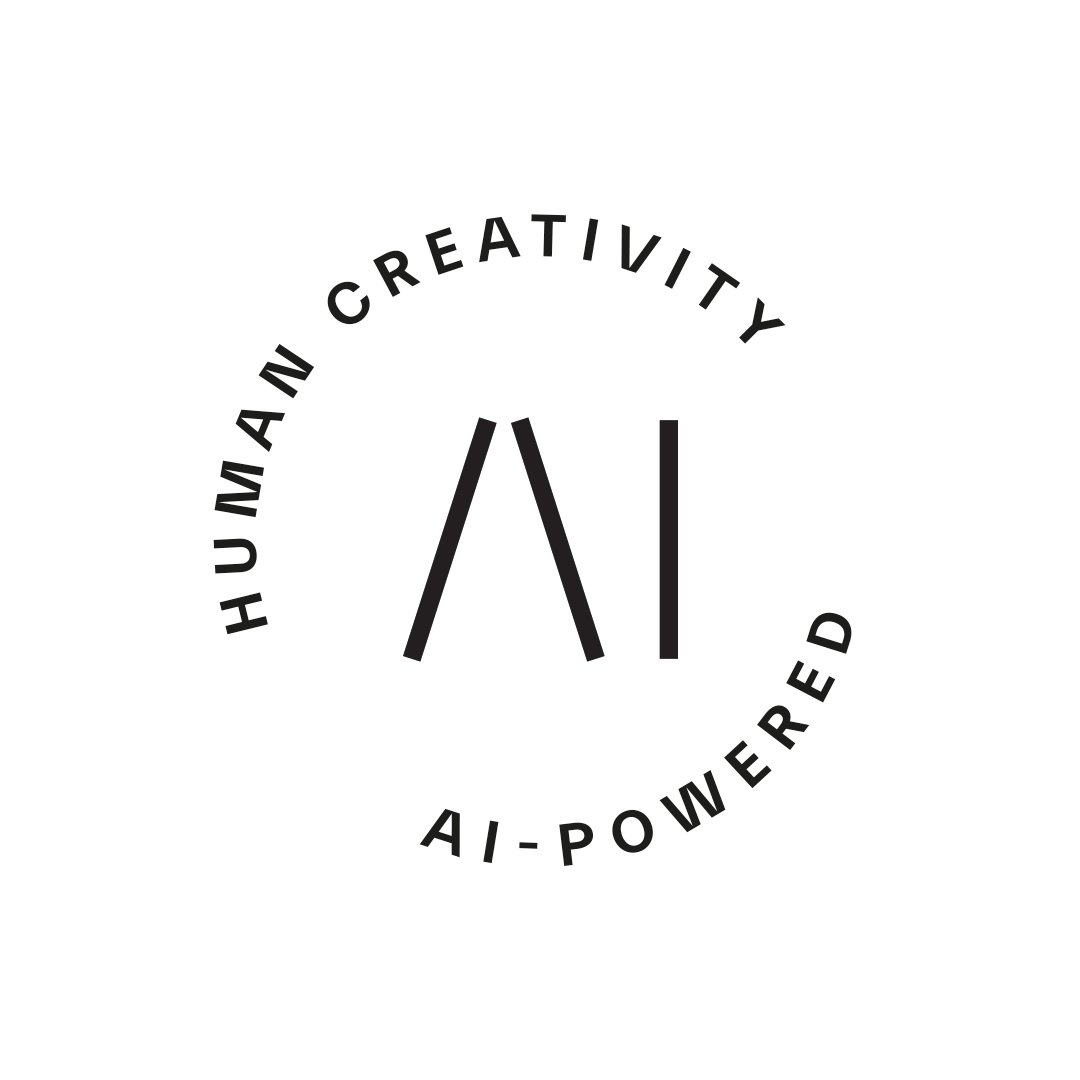Digital Experience // Data & AI // DXP
Contact Us → Contact Us →Artificial Intelligence is redefining how businesses interact with customers, personalize experiences, and optimize their digital presence. In the realm of Digital Experience Platforms (DXPs) and Customer Experience (CX), AI is both an enabler and a disruptor, bringing significant opportunities while posing real challenges.
The rising importance of customer experience is mirrored in the rapid growth of the DXP market itself. According to a 2024 report by Fact.MR, the global DXP market is valued at USD 13.85 billion and is projected to grow at a CAGR of 11.2%, reaching USD 40.04 billion by 2034. This growth is largely fueled by demand for personalized, omnichannel experiences supported by AI technologies. Similarly, Grand View Research reports a CAGR of 11.9%, highlighting how integration with AI, IoT, and marketing tech is driving adoption across industries.
As a pioneer in AI-powered digital development, Siili is working with clients across manufacturing, public services, and finance to identify where AI delivers the most tangible business value—from optimizing field operations to enabling hyper-personalized self-service platforms. Siili’s approach blends business advisory, AI architecture, and full-stack delivery to ensure AI becomes a practical, sustainable advantage.
We spoke with Matti Kiviluoto, a DXP and eCommerce advisor at Siili Solutions to better understand how AI is currently being leveraged, where it provides the best return on investment (ROI), and what the future roadmap for AI in DXPs looks like.
AI in DXP
Personalization and automation are among the strongest drivers of DXP adoption. As Future Market Insights notes, the DXP market is projected to reach USD 41.84 billion by 2035, with AI-driven personalization cited as a critical enabler. This trend is accelerating as companies seek to combine content, data, and automation in real-time customer journeys.
Many organizations are eager to invest in AI-powered tools, but only a fraction of AI implementations provide measurable business gains:
- AI-Powered chat-bots: The obvious first success-cases related to LLMs.
- AI-Powered search: Enhancing user experience by making it easier to find relevant information, products (such as spare parts), or services (like product specific maintenance).
- Predictive maintenance: AI models analyzing past performance to forecast maintenance needs, reducing downtime and costs in the process.
- AI-assisted content automation: Improving content management through automated metadata tagging, accessibility compliance, and translations.
While the industry is witnessing big efficiency gains, not all AI-driven transformations are cost-effective or sustainable in the long run. Businesses must carefully assess where AI can deliver genuine competitive advantages rather than jumping on the hype train.
-
1. Predictive maintenance
Traditionally, machine learning in DXPs has been used to analyze historical data, offering insights into past behaviors and trends. However, the shift happening now is towards AI models that predict future customer needs and actions.
For example, in the manufacturing and heavy machinery industries, AI-powered platforms are making proactive recommendations based on fleet performance and maintenance schedules. Companies like Terex and Wärtsilä have successfully implemented AI-driven predictive maintenance, enabling customers to:
✅ Detect machines that are likely to fail soon, preventing costly disruptions.
✅ Plan maintenance activities based on real-time AI insights rather than generic schedules.
✅ Reduce downtime and operational costs while maximizing equipment lifespan.
-
2. AI-Powered search
In a customer portal setting, AI-powered search functionalities are also becoming indispensable. Instead of making users manually sift through product catalogs or databases, AI-driven searches instantly retrieve relevant spare parts or service information based on: equipment model and serial number, year of manufacture and repair and maintenance history.
This type of AI application already delivers strong ROI because it serves a clear business purpose—reducing friction in customer self-service and improving transaction speed.
-
3. Hyper-personalization
Personalization has been a core element of DXPs for years, but hyper-personalization—where AI anticipates a user’s needs in real-time—is still a work in progress.
Traditional personalization works in two ways:
- For logged-in users: AI customizes content based on access rights and past behavior.️
- For anonymous visitors: AI attempts to predict user intent based on browsing patterns.
Hyper-personalization dynamically adjusts content based on real-time signals. Imagine logging into a customer portal for heavy machinery and instantly seeing:
- Equipment flagged for urgent maintenance based on AI analysis,
- Suggested spare parts or servicing options before breakdowns occur,
- Customized dashboards highlighting the most relevant operational data.
According to The Business Research Company, the hyper-personalization market is projected to grow from $21.79 billion in 2024 to $49.6 billion by 2029, with a CAGR of 17.8%, fueled by the surge in e-commerce, mobile technology, and demand for custom-made experiences.
While technically feasible, hyper-personalization for public-facing users remains a high-cost and high-risk investment. The computational expense of generating AI-driven content in real time for every user outweighs the potential benefits. At least for now, AI-powered personalization works best within authenticated environments like B2B customer portals, where businesses can control costs and complexity, deliver real-time, high-value insights, and improve customer engagement and transactions.
AI-powered websites: Are we there yet?
The push for compliance with regulations like the EU’s Web Accessibility Directive is another contributor to DXP market growth. Automated alt-text generation and metadata tagging help organizations stay compliant while reducing manual workload—one reason cloud-based DXPs are increasingly favored for their scalability and rapid rollout capabilities.
Many large organizations, such as Aalto University, are leveraging AI to:- Automatically generate metadata for better searchability
- Improve accessibility by auto-generating alt text for images
- Enhance search functionality by using AI-powered tools that better match unusual user queries to relevant results
- Provide automated translations for global audiences
These applications provide quick wins by saving content teams time and ensuring compliance with regulations like the EU’s accessibility laws.
However, a more ambitious vision—where AI redesigns website structures dynamically—still has many challenges to overcome. While AI can generate first drafts of website content based on new templates, human oversight is still essential to refine the final output.
While AI has made incredible strides in personalization, predictive analytics, and automation, a truly AI-driven website that generates content dynamically for every visitor is not practical today. There are three big reasons for this: cost, compliance, and business value.
Cost
First, computational costs are simply too high. Generative AI models, especially large language models (LLMs), require significant processing power. Every time a visitor lands on a page and AI needs to generate personalized content on demand, it adds up. If a website gets high traffic, these costs can skyrocket, quickly eating up any potential return on investment.
Compliance
Then there’s the issue of compliance and accuracy. AI isn’t perfect, and while it can generate impressive content, it can also hallucinate, producing information that’s incorrect, misleading, or even legally problematic. For industries dealing with strict regulations—like finance, healthcare, or public services—AI-generated content brings risks that businesses simply can’t afford. If an AI misrepresents pricing, product details, or company policies, the damage could be costly both financially and reputationally.
Business value
Personalization already works well for logged-in users—where AI can enhance the experience in customer portals, e-commerce platforms, and self-service applications. But for public-facing websites, does AI-generated content really improve engagement, or does it just add complexity and costs without a clear payoff? People still expect some level of consistency when interacting with brands online.
That’s why AI-powered content is making the most impact behind the scenes—assisting content teams with metadata tagging, translations, and structuring information more efficiently, rather than generating entirely new web pages for every visitor. AI can certainly enhance DXPs, but expecting it to fully replace traditional content management is, at least for now, wishful thinking.
For now, businesses should focus on where AI delivers clear, measurable value: in logged-in user experiences, predictive self-service, and content automation.
The AI roadmap for DXPs: What to expect?
While some AI-powered innovations are already delivering measurable value, others are still in the experimental phase, waiting for the right technological and business conditions to make them practical.
So, what should businesses expect in the next couple of years?
Predictive AI in self-service portals
One of the most immediate areas of growth will be in predictive AI for self-service portals. AI has already proven its worth in B2B environments where customers interact with complex product catalogs, maintenance schedules, and operational data. Companies like Terex and Wärtsilä have demonstrated that AI-powered search and predictive maintenance create real efficiency gains, reducing downtime and helping customers get what they need faster.
We should expect more businesses to invest in AI-driven automation for their logged-in user experiences, ensuring customers can quickly find spare parts, service recommendations, or troubleshooting assistance. Rather than navigating complicated menus, users will receive AI-generated suggestions instantly, based on their specific needs and historical interactions.
AI-powered search and automation will improve user experience
Traditional search functions often frustrate users by forcing them to guess the right keywords or manually browse long lists of results. AI-powered search can eliminate that friction by understanding intent, context, and past behavior, offering results that feel intuitive rather than mechanical.
This means customer portals, e-commerce platforms, and knowledge bases will become much smarter, giving users answers and recommendations that truly match their needs. Rather than relying solely on manual tagging and structured queries, businesses will leverage natural language understanding to surface more relevant and accurate information.
AI supporting, not replacing human writers
AI-driven content creation will also continue to evolve, but with important limitations. Businesses are already using AI to generate metadata, assist with translations, and speed up content production, but fully automated content generation without human oversight remains risky.
No company wants an AI hallucinating incorrect product specs or making misleading claims on a public-facing website. Instead, AI will serve as a content assistant, helping teams work more efficiently while ensuring brand consistency and accuracy.
For organizations managing large amounts of content—such as universities, government portals, or multinational corporations—AI will play a key role in structuring, categorizing, and maintaining content libraries. The challenge will be balancing automation with editorial control, ensuring AI-generated text aligns with brand voice, compliance regulations, and factual accuracy.
Looking ahead
More efficient, cost-effective AI models are being developed, and the barriers to adoption may lower in the coming years. By 2027, we may see more practical implementations of AI-generated content, particularly in structured, well-controlled environments like:
- Intranets and internal knowledge bases
- Customer service portals with AI-powered assistance
- Highly curated, semi-automated e-commerce experiences
For businesses planning their AI strategy in DXPs, the key is prioritization. AI should be adopted where it makes the most sense today—self-service portals, search optimization, predictive analytics, and content automation—rather than being forced into areas where the business case isn’t yet strong.
Companies that take a measured, strategic approach will be best positioned to take advantage of AI’s full potential as the technology continues to mature. The future is AI-powered, but smart adoption is the key to success.
|
|
About the author |
|
|
|||
|
|
|
Matti Kiviluoto |
|
|
||
|
|
Matti Kiviluoto is an experienced Advisor and Team Builder specializing in Digital Experience Platforms (DXP) and Web Content Management (CMS). With a strong background in digital strategy, he helps organizations build scalable, user-friendly digital ecosystems. Throughout his career, Matti has worked at the intersection of technology and business, guiding teams to implement effective content management solutions that enhance customer engagement and streamline operations. |
|||||


